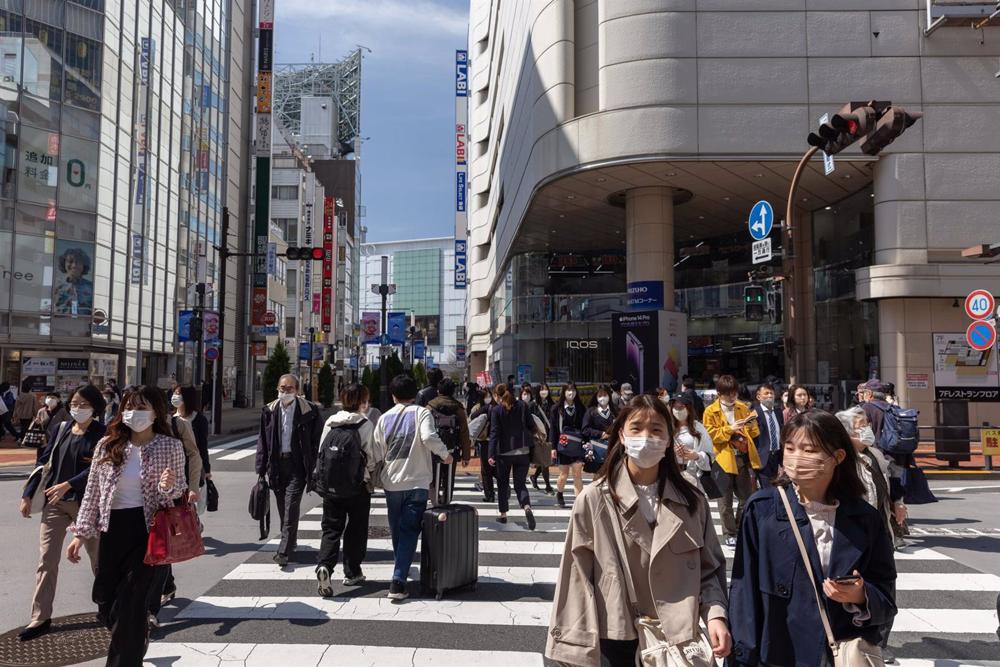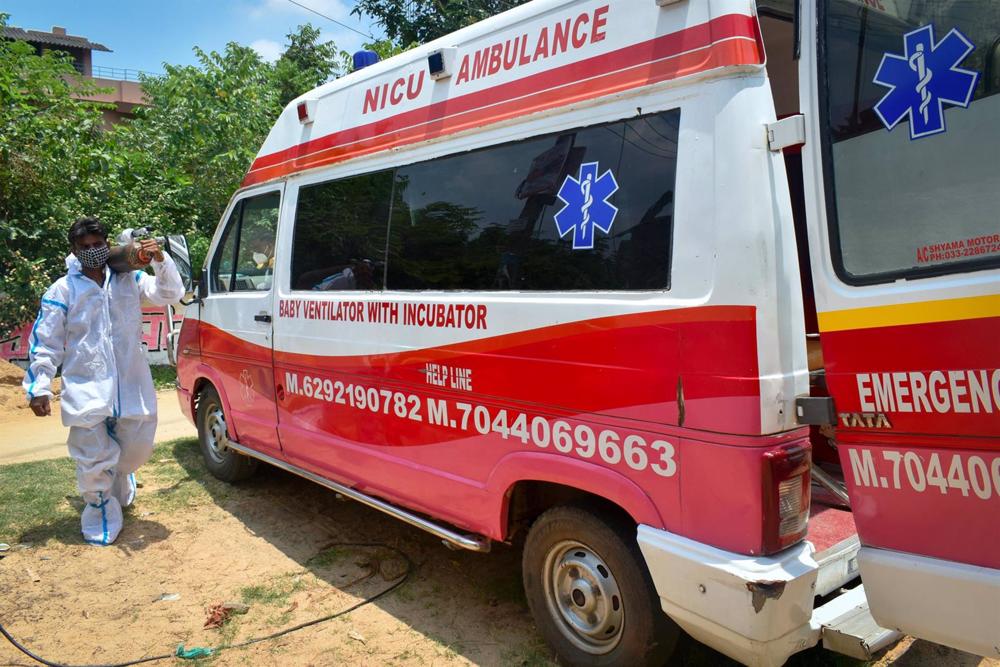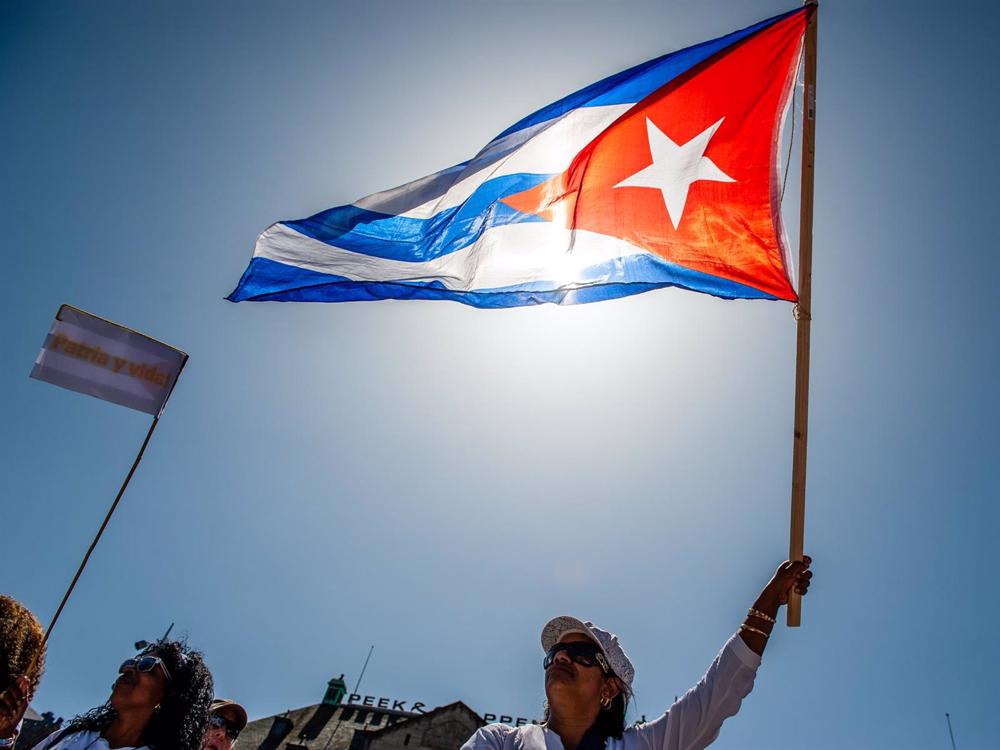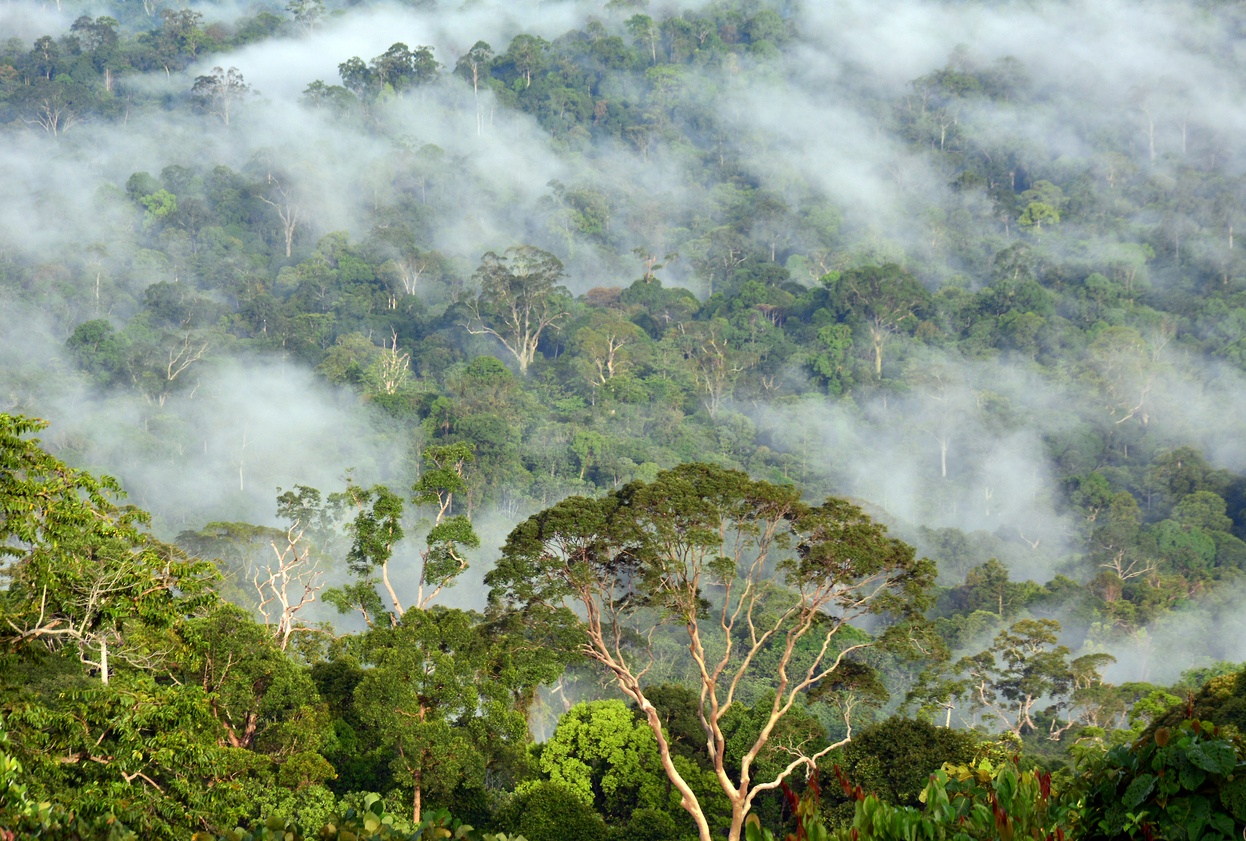
The Bolivian government warned on Sunday that 18 of the 36 recognized indigenous peoples in the country are in a highly vulnerable situation and at risk of disappearing, most of them in the east of the country.
Among the indigenous peoples at risk are the Uru Murato, Yaracarés, Esse Ejja, Chácobo, Toromona, Tacanas, Whenayek, Yukis and Maropa, as well as 18 of the 36 indigenous peoples recognized by the Political Constitution of the State.
The Vice-Minister of Decolonization, Pelagio Condori, explained that the objective, once the diagnosis has been carried out, is the recovery, promotion and revaluation of the ancestral knowledge and wisdom of the native indigenous peasant peoples. To this end, projects will be proposed to strengthen their culture, reports the Bolivian news agency ABI.
Condori referred in particular to the Uru Murato who have lost their livelihood when Lake Poopó shrunk due to climate change and environmental impact. However, the vice minister stressed that the Uru Murato nation is culturally strengthened because many of their practices are still in force, such as their clothing, ancestral knowledge, ritual ceremonies and traditional medicine.
In the east, the Yuracarés of the Isiboro-Sécure Indigenous Territory and National Park (TIPNIS) are at risk because their culture and language are being lost. Young people and adults practically do not use their language and their cultural and ancestral knowledge is falling into disuse.
In the case of the Esse Ejja, their livelihood, the waters of the rivers, are contaminated, leaving them in a critical situation for their health and existence.
Faced with this situation, the Government has created the General Directorate for the Protection of Indigenous Nations and Peoples (Digepio), «which works with highly vulnerable peoples and those in danger of extinction,» Condori said.






